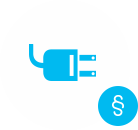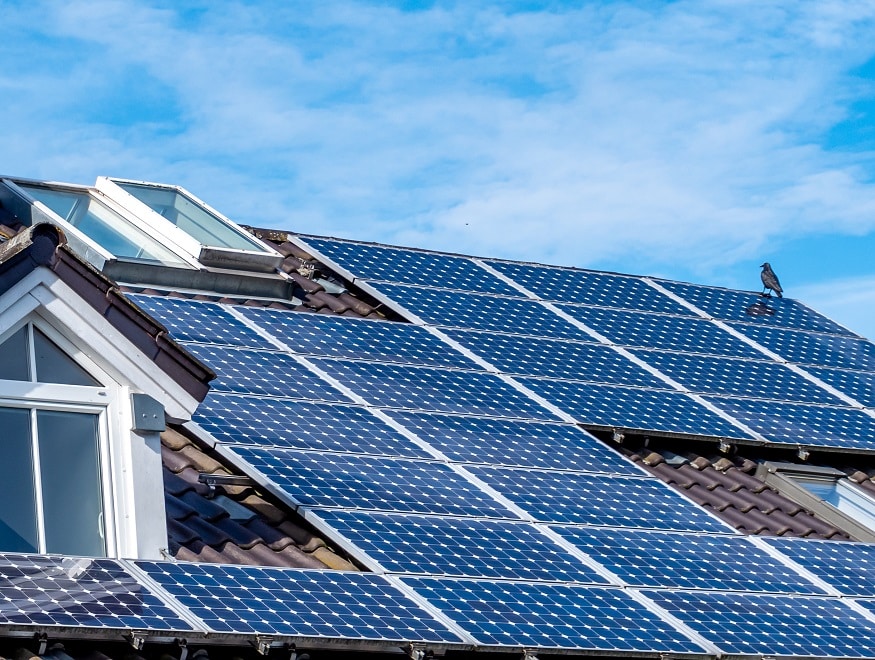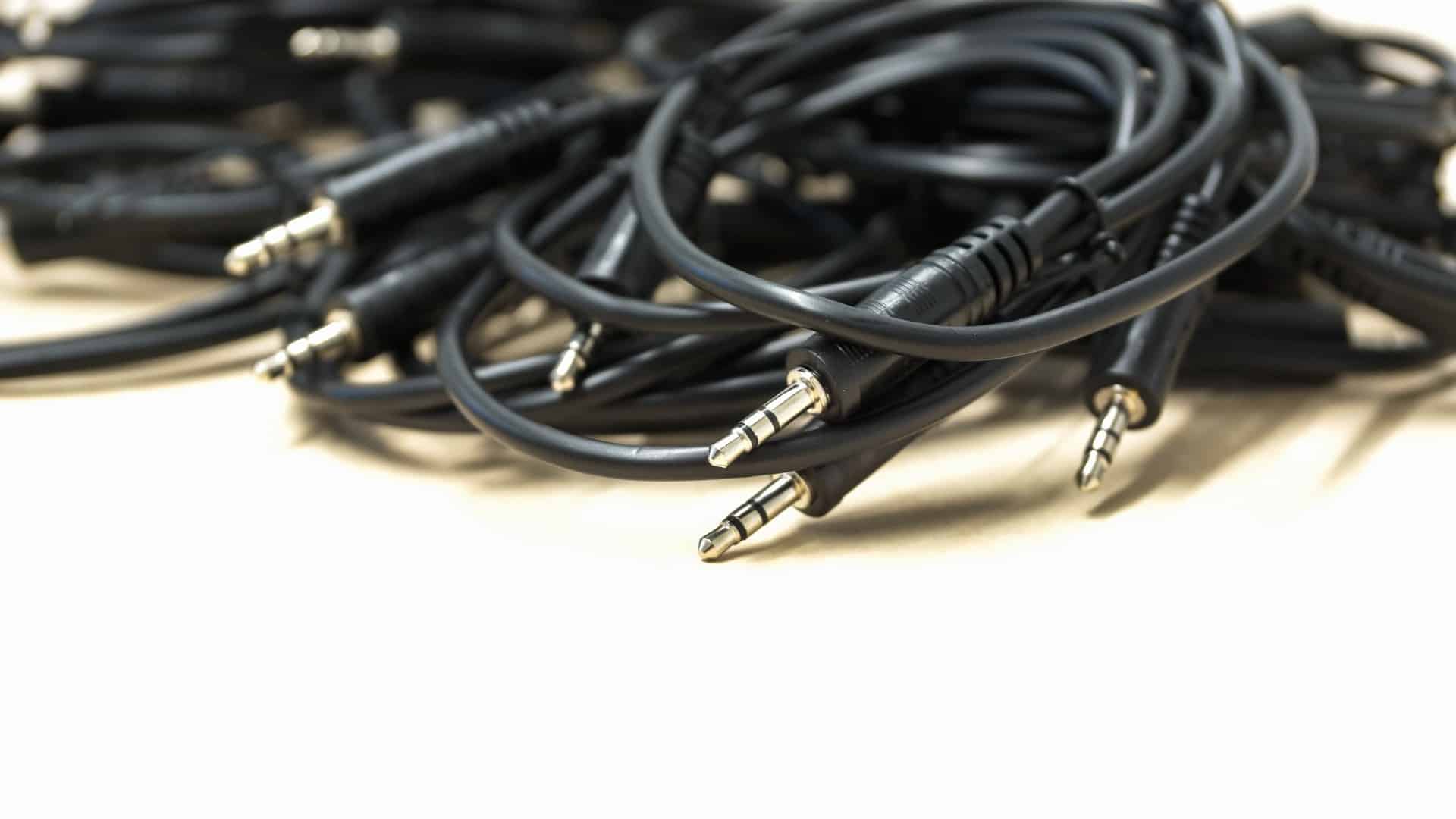The German Electrical Devices Act: what are the rules?

The Electrical and Electronic Equipment Act in Germany (ElektroG) regulates the marketing, disposal and recycling of electrical and electronic equipment. Among other things, it also controls which devices must be registered and labelled (for example, with the ubiquitous symbol of a crossed-out wheelie bin). But what exactly falls under the definition of an electrical device according to the Electrical and Electronic Equipment Act in Germany? What does the Electrical and Electronic Equipment Act Fee Regulation say and what role does a determination application play? We answer these questions in this article.
For Quick Readers
The German Electrical Devices Act implements the European WEEE Directive. It regulates the placing on the market, return and disposal of electrical and electronic equipment. Like the WEEE Directive, the Electrical and Electronic Equipment Act aims to prevent waste and promote recycling. Furthermore, the ElektroG is intended to hold manufacturers of electrical equipment accountable. The full name of the German Electrical Devices Act is the Law on the Placing on the Market, Return, and Environmentally Sound Disposal of Electrical and Electronic Equipment. It is also less commonly referred to as the Electronic Equipment Act, Electronics Act, or Electronic Scrap Ordinance.
German Electrical Devices Act – ElektroG2
Basically, the terms
- ElektroG2
- ElektroG
- Electrical and Electronic Equipment Act 2
- Electrical and Electronic Equipment Act
are used synonymously in Germany.
Strictly speaking, ElektroG2 is an amendment to the original Elektrogesetz, which came into force in stages between 2014 and 2018. ElektroG2 is in turn based on the amendment to WEEE2.
German Electrical Devices Act: The Electrical and Electronic Equipment Act 3
In 2022, the German government passed the next amendment to the Electrical and Electronic Equipment Act in Germany. The Electrical and Electronic Equipment Act 3 came into force on 1 January 2022 and, unlike its predecessors, is not based on an update of the WEEE Directive. It is the result of a purely national legislative initiative.
The Electrical and Electronic Equipment Act in Germany primarily contains revised liabilities for marketplace operators and fulfilment service providers, as well as amended take-back obligations for retailers. The obligations of manufacturers have also been expanded again in the ElektroG3.
Electrical and Electronic Equipment Act 2023 – what’s changing this year
The Electrical and Electronic Equipment Act was also amended in 2023. To help you remain legally compliant despite the changes to the Electrical and Electronic Equipment Act, we have summarised the key changes for you at a glance:
- Labelling requirement: Since 1 January 2023, B2B devices, like B2C devices, must be labelled with the crossed-out wheelie bin symbol (DIN EN 50419) directly on the product or, in the case of size/function problems, in the operating instructions, packaging or warranty.
- Accreditation of authorised representatives: Since 1 January 2023, authorised representatives of foreign manufacturers with more than 20 registrations must be accredited by the EAR Foundation and checked for reliability, resources and competence.
- Quarterly fee: Since 1 January 2023, the EAR Foundation has been charging all registered manufacturers and authorised foreign companies a quarterly fee of approximately €25.
- Due diligence obligation for marketplaces: Since 1 July 2023, electronic marketplaces and fulfilment service providers must check ElektroG registration; failure to provide proof may result in the actor being blocked or unable to deliver.
Electrical and Electronic Equipment Act and the application for a declaration
Manufacturers are responsible for checking their electrical appliances for legal requirements. In case of doubt, a binding certificate can be requested from the EAR Foundation.
Here is an overview of the key aspects:
Aspect | Description | Fee |
Manufacturer responsibility | Checking the device for legal requirements; difficult for laypeople. | – |
Certification application | Binding, fee-based certification of reporting obligation (application for determination). | Subject to a fee (not specified) |
Application | Authorised representatives create an applicant account on the EAR portal; provide reasons, justification and detailed description of the equipment (areas of application, function). | – |
Approval process Authorised representatives | For authorised representatives with >20 registrations: accreditation required. | Approx. £1,200 for initial registration and per change (not annual) |
Is the Electrical Devices Act becoming a headache?
You could face substantial warnings and fines, and ignorance is no defence.
Deutsche Recycling supports you with national and international recycling legislation, offering services tailored to your products and regions with a focus on packaging, batteries and electrical appliances.
Take-back obligation for old electrical equipment under the Electrical and Electronic Equipment Act
Under certain circumstances, (online) retailers may be subject to a take-back obligation under the German Electrical Devices Act:
- Take-back obligation: Retailers with ≥400 m² of shipping, storage or sales space must offer return options for old electrical appliances within a reasonable distance (Electrical and Electronic Equipment Act, Germany).
- Transfer: Returned appliances can be handed over to public waste disposal authorities, authorised agents, take-back systems or certified waste disposal companies.
- Take-back conditions: Only appliances from private households; free 1:1 take-back when purchasing the same type of appliance; free 0:1 take-back for up to 5 appliances per customer (max. 25 cm in size).
- Costs: Return is free of charge; shipping or collection costs (e.g. for online retailers) are borne by the customer
Are you struggling with the Electrical and Electronic Equipment Act?


We offer advice, analysis and implementation of the Electrical and Electronic Equipment Act from a single source.
It’s easy to get lost in the jungle of regulations surrounding the Electrical and Electronic Equipment Act/WEEE – with serious financial consequences.
Deutsche Recycling takes care of all the associated obligations, reducing the effort and costs for your company, preventing possible penalties and warnings, and responding to constant changes in the legal situation. Our team of experts looks forward to supporting you personally.
The German Electrical Devices: B2B and B2C customers
The Electrical and Electronic Equipment Act in Germany distinguishes between business-to-business (B2B) and business-to-consumer (B2C) devices.
The German Electrical Devices: B2B
According to the German Electrical Devices Act, B2B devices are electrical and electronic devices that are not intended for use in private households or that are not intended to be used in private households. The distributor must provide credible evidence of these circumstances when submitting the registration application.
The German Electrical Devices: B2C
If this is not possible, these devices are not considered B2B devices under the German Electrical Devices Act, but rather B2C devices. Unlike B2B devices, B2C devices are defined by the German Electrical Devices Act as devices that are intended for use in private households, such as in the home or in the garden. Thus, it is not the distribution channel that determines whether a device is classified as a B2B or B2C device under the Electrical and Electronic Equipment Act, but rather the place of exclusive use.
Do you have questions about the labelling requirements under the Electrical and Electronic Equipment Act and the Electrical and Electronic Equipment Act in Germany? Get in touch with us – we will be happy to help!
German Electrical Devices Act – easily ensuring manufacturer obligations
Every obligated manufacturer, distributor, importer and direct shipper must register with the competent authority (Stiftung EAR) in accordance with the Electrical and Electronic Equipment Act in Germany before the relevant products may be placed on the market. Incidentally, even the mere offering of electrical equipment requires registration.
- Registration of all brands/device types based on annual planned quantities – from approval and receipt of the WEEE number, monthly actual quantity reports and an annual statement in accordance with the Electrical and Electronic Equipment Act in Germany
- Deposit of insolvency-proof guarantees with security for the EAR’s recourse claims – the amount depends on the planned quantities
- Ensuring Germany-wide disposal of collection containers for old electrical appliances at recycling centres. Manufacturers are assigned collection orders/provision orders (disposal orders) throughout Germany and must have the containers collected within 96 hours.
Deutsche Recycling is the right partner for you in precisely these areas. We reduce the effort required to comply with the legal obligations under the German Electrical Devices Act (ElektroG) and assume 100% liability. Trust in our many years of experience and benefit from considerable time and cost savings.
The new ElektroGBattGGebV 2023
The new ElektroGBattGGebV, i.e. the fee schedule for the Electrical and Battery Act, came into force at the beginning of 2023. We have summarised the most important points for you below:
- Registration fee: Halved to €12.40 per new registration or deregistration (ElektroG).
- Quarterly fee: New fee of €24.10 per registrant, payable for the first time in 2023, for B2B and B2C manufacturers (after initial registration); BattG-registered manufacturers are exempt.
- Determination application: Maximum cost reduced from over €3,000 to approx. €2,000.
- Authorised representative fee: Approximately quadrupled in the ElektroGBattGGebV; flat-rate change fee halved.
- Power of attorney fee: Approx. £1,200 for authorised representatives with >20 registrations, for initial registration and changes (not annual); no approval requirement in the Battery Act.
- Hardship application: No longer applicable, places a particular burden on small manufacturers and B2B first distributors.
Which devices are covered by the German Electrical Devices Act since the 2019 amendment?
Since the amendment to the Electrical and Electronic Equipment Act in 2019, all devices that use, conduct or measure electrical energy are considered electrical equipment, including passive devices such as USB sticks, charging cables, battery-powered clocks or furniture with lighting. The Electrical and Electronic Equipment Act in Germany thus covers a wide range of products.
What is the Electrical and Electronic Equipment Act determination application and when is it necessary?
An Electrical Equipment Act determination application is a fee-based, binding test carried out by the EAR Foundation to clarify whether a device is subject to reporting requirements. It is useful if there is uncertainty as to whether a product falls under the German Electrical Equipment Act and requires a detailed description of the device.
What costs are incurred by the Electrical Equipment Act fee regulation?
The Electrical and Electronic Equipment Act Fee Regulation provides for a quarterly fee of approximately €25 for registered manufacturers and an Electrical and Electronic Equipment Act approval fee of approximately €1,200 for authorised representatives with more than 20 registrations upon initial registration or changes.
What happens in the event of violations of the German Electrical Devices Act?
Violations of registration or take-back obligations under the German Electrical Devices Act are administrative offences that can be punished with six-figure fines or warnings as a violation of competition law.
What additional requirements are there for WEEE labelling abroad?
In addition to the German Electrical Devices Act, countries such as France have required additional WEEE labelling such as the Triman logo since 2021. Exporters must comply with country-specific regulations, regardless of where their company is based.





